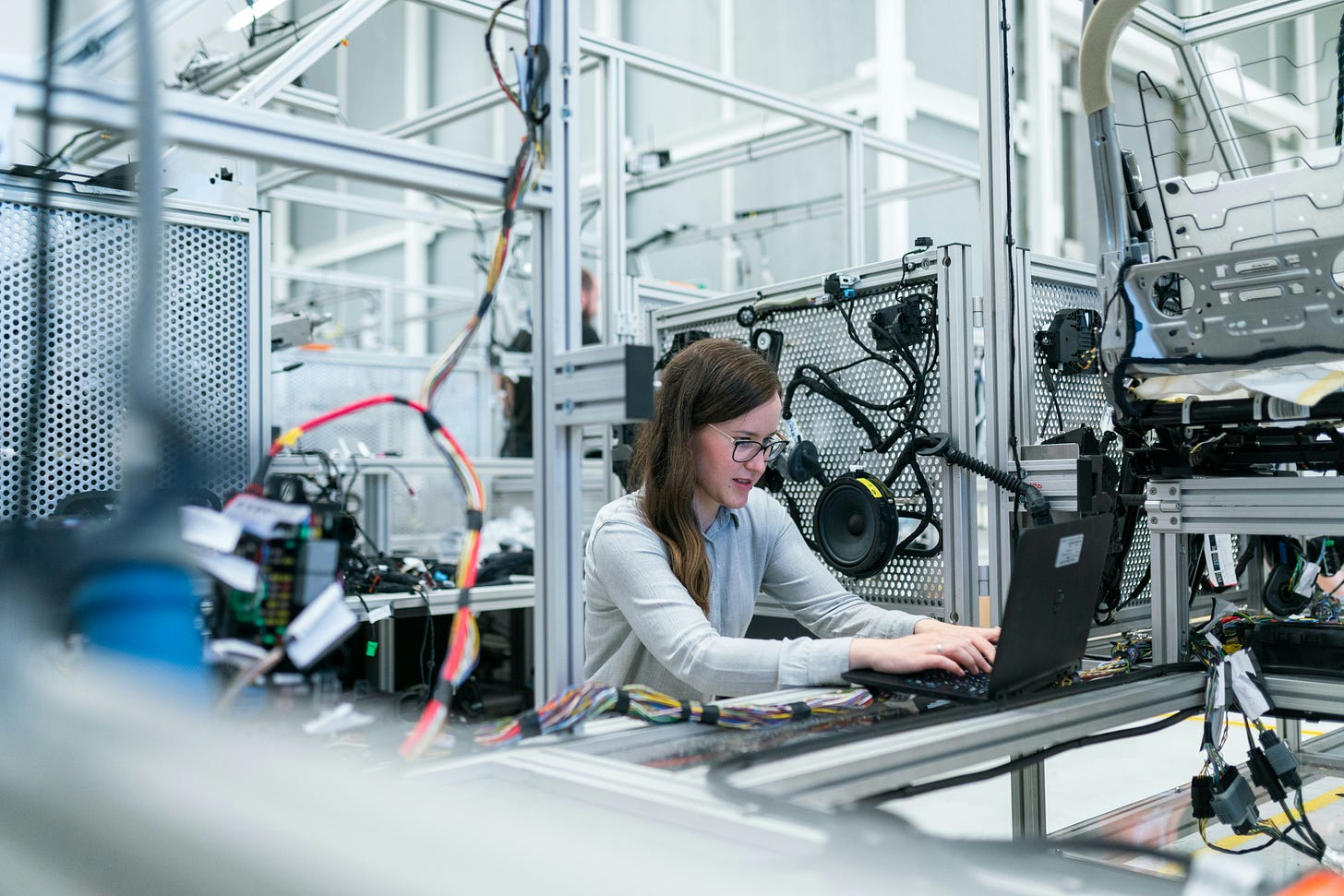Brief: Tech Sector Begins to Adapt as Tariffs Take Hold

One month after President Trump’s tariffs on imported semiconductors and key technology components took effect, the U.S. tech sector is showing early signs of adaptation — even as uncertainty lingers. While short-term disruptions remain evident, major firms are beginning to implement strategic pivots to blunt the impact of higher costs and shifting supply dynamics.
Market Reaction Stabilizes — but Divergence Emerges
The initial selloff in tech stocks has plateaued, with the Nasdaq 100 recovering 2.5% in April after a steep early-month dip. However, investor behavior remains cautious. AI hardware firms such as Nvidia and AMD have stabilized but continue to trade below pre-tariff valuations. Meanwhile, companies with diversified manufacturing bases, like Apple and Intel, have outperformed sector averages, suggesting that markets are beginning to reward supply chain agility.
Supply Chain Reconfiguration Underway
According to a mid-April report by Deloitte, over 40% of U.S. tech firms are actively evaluating alternate suppliers outside traditional hubs like Taiwan and China. Countries such as Vietnam, Malaysia, and India are seeing increased interest. While full relocation remains costly, incremental outsourcing and risk distribution are becoming the norm.
Domestically, chipmakers are accelerating partnerships with U.S.-based fabrication startups, some of which have received increased attention — and investment — due to federal incentives quietly expanded alongside the tariffs.
Infrastructure and Cost Pressures Persist
CBRE has revised its earlier estimate, now projecting that construction costs for data centers and related infrastructure could rise by as much as 7% by Q3 2025, as materials subject to tariffs become scarcer and more expensive. Some projects in early development stages have already been paused or re-scoped.
Policy and Corporate Strategy Align
There’s a notable trend of alignment between corporate strategy and federal policy objectives. Apple has broken ground on its Houston expansion and confirmed that a portion of its MacBook production will begin stateside by late 2025. TSMC’s Arizona project, while still in early phases, received expedited permitting support — suggesting stronger collaboration between public and private stakeholders.
Looking Ahead
Though the full implications of the tariffs are still unfolding, the technology sector is gradually absorbing the shock and beginning to pivot. The winners in this new environment will likely be those who act swiftly to localize production, hedge supply risks, and build strategic partnerships within the U.S. manufacturing ecosystem.
For now, the question remains: can domestic production scale fast enough to offset the pressures — and will the political calculus behind these tariffs ultimately prove beneficial?


